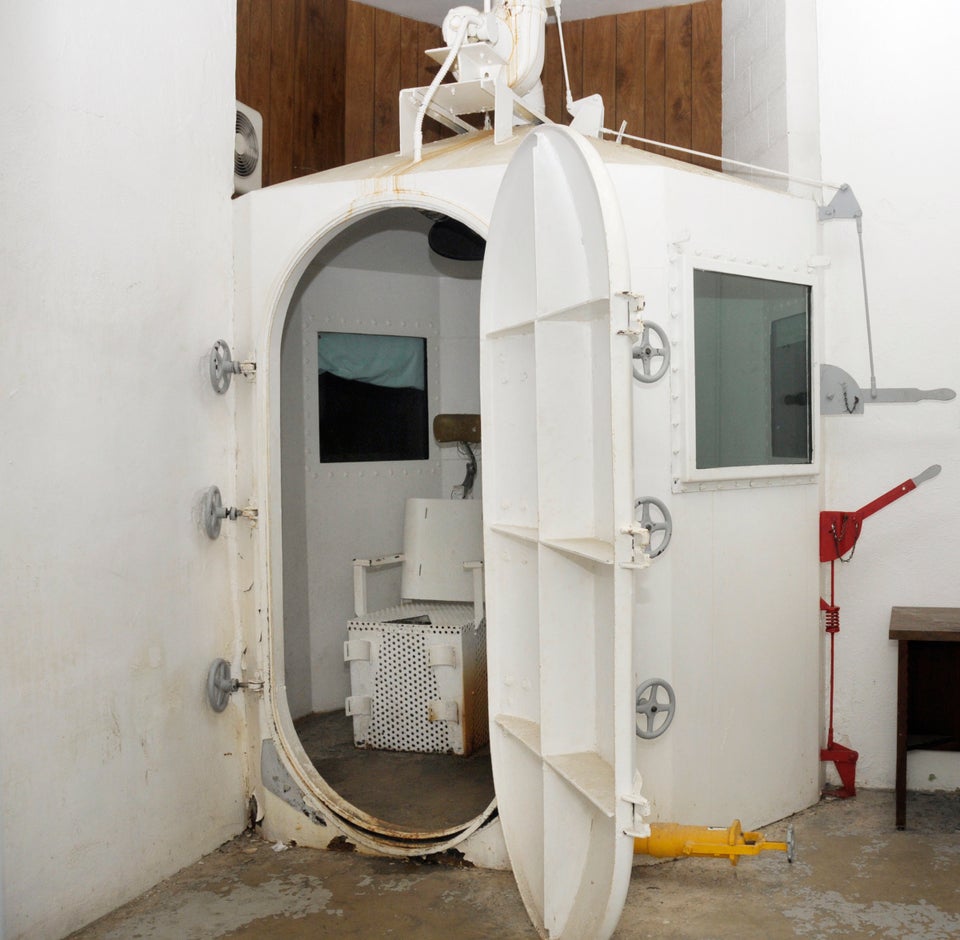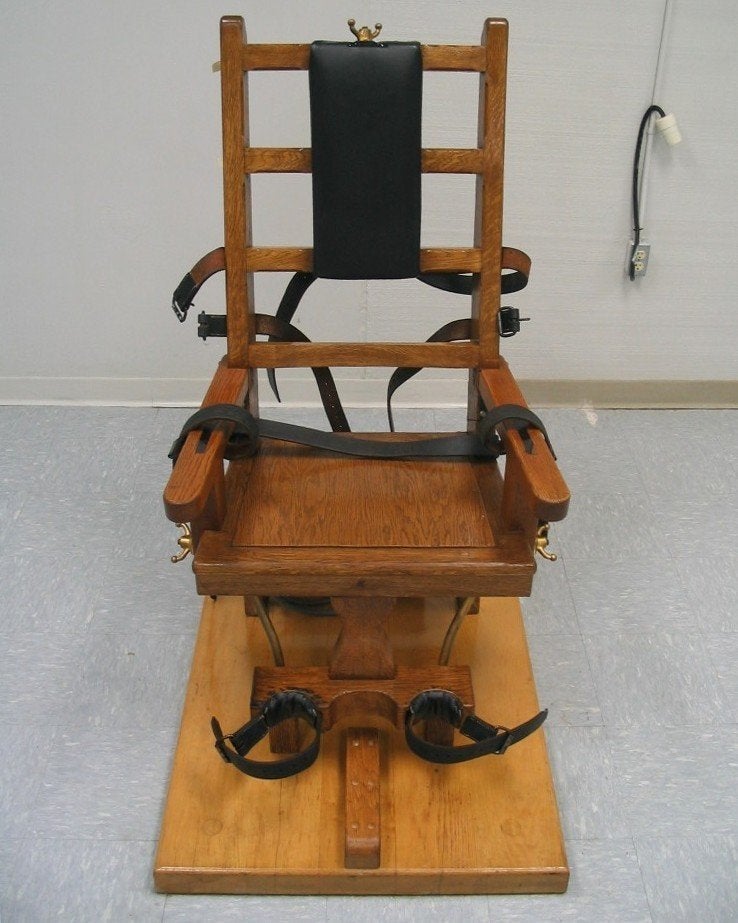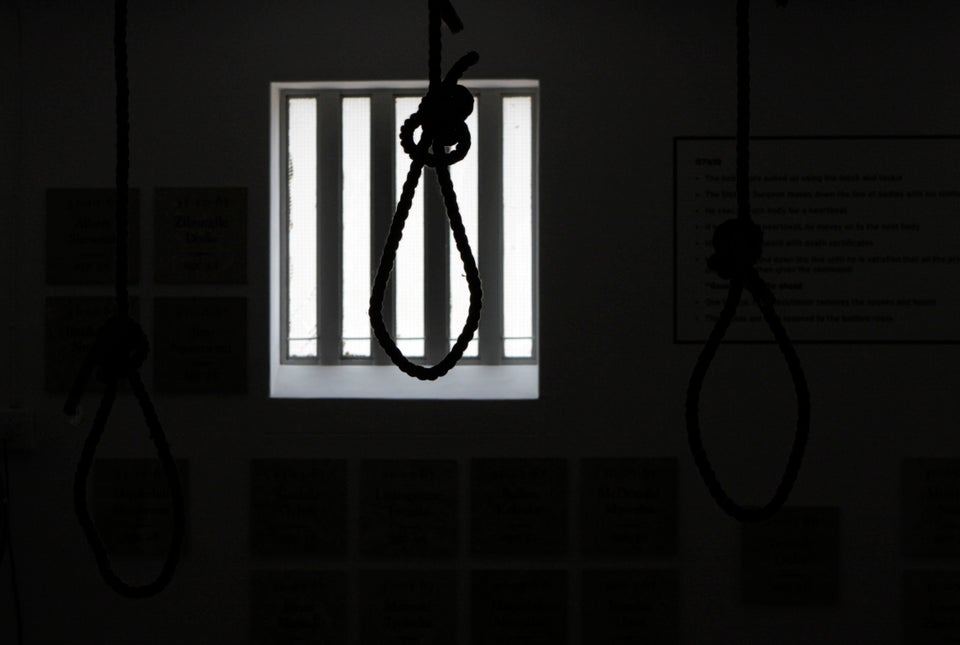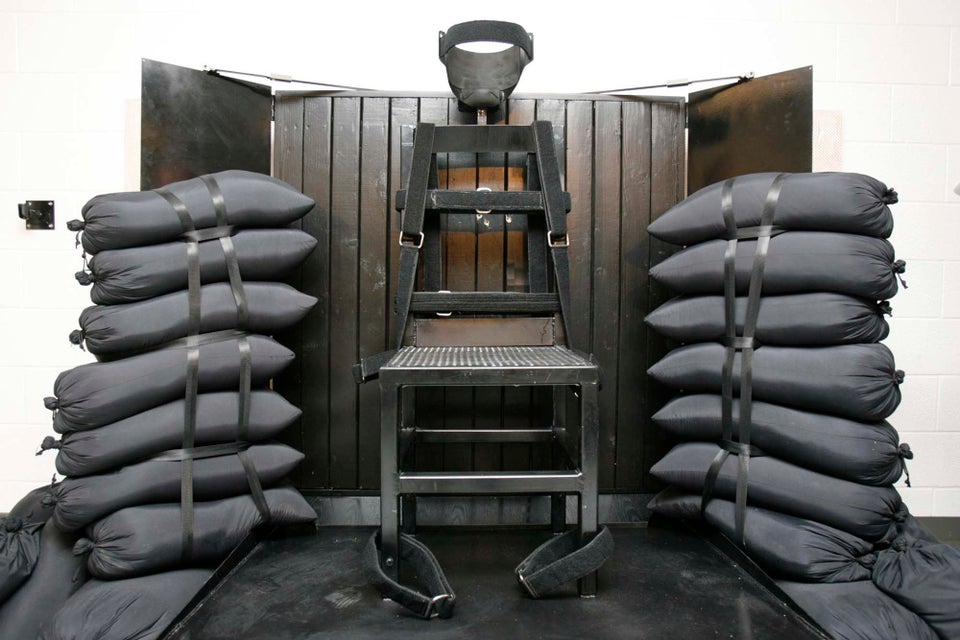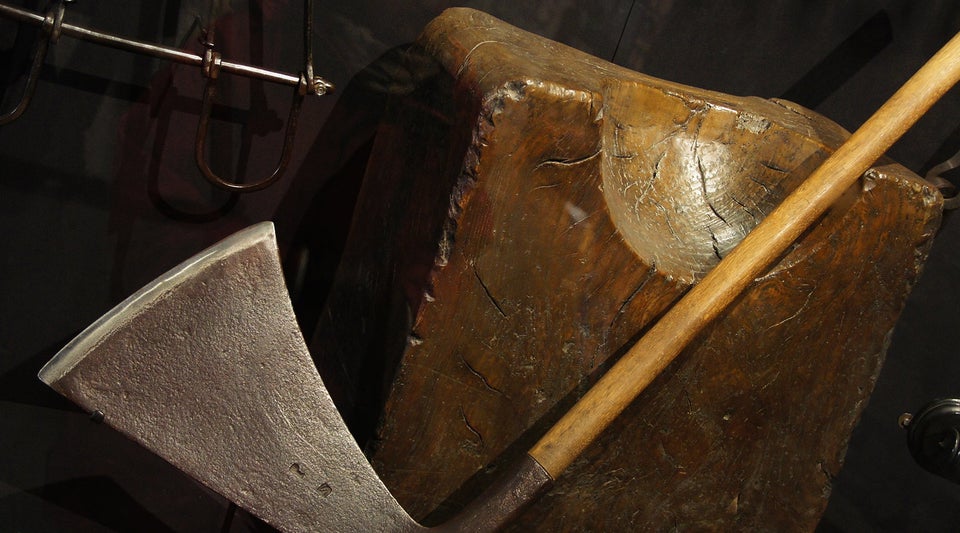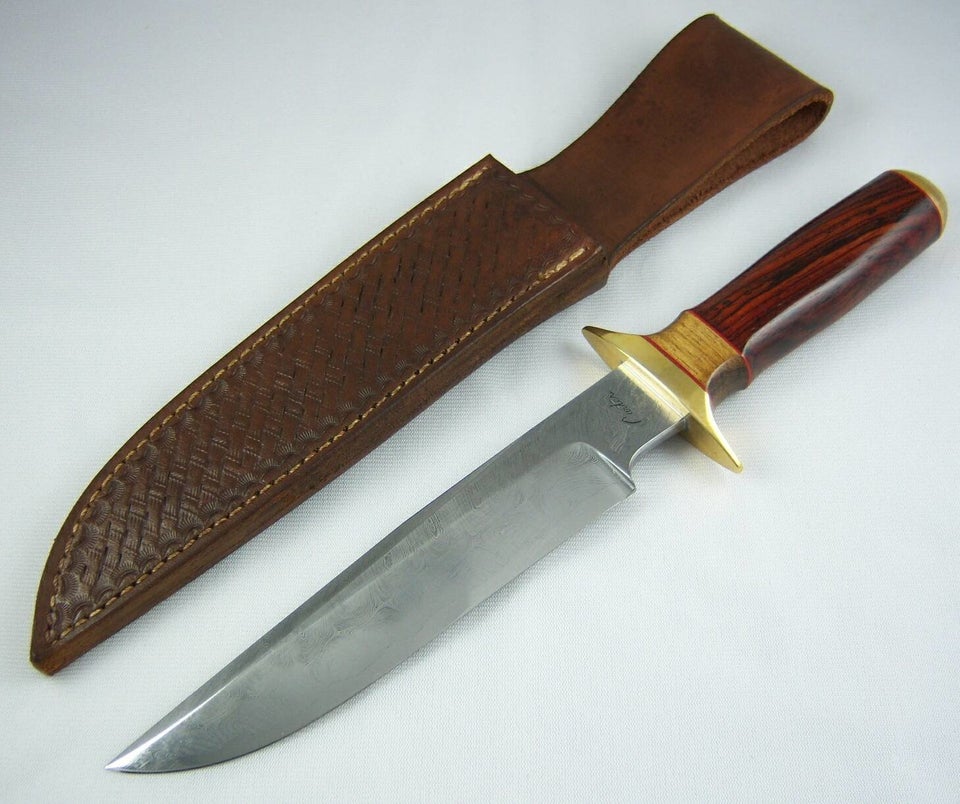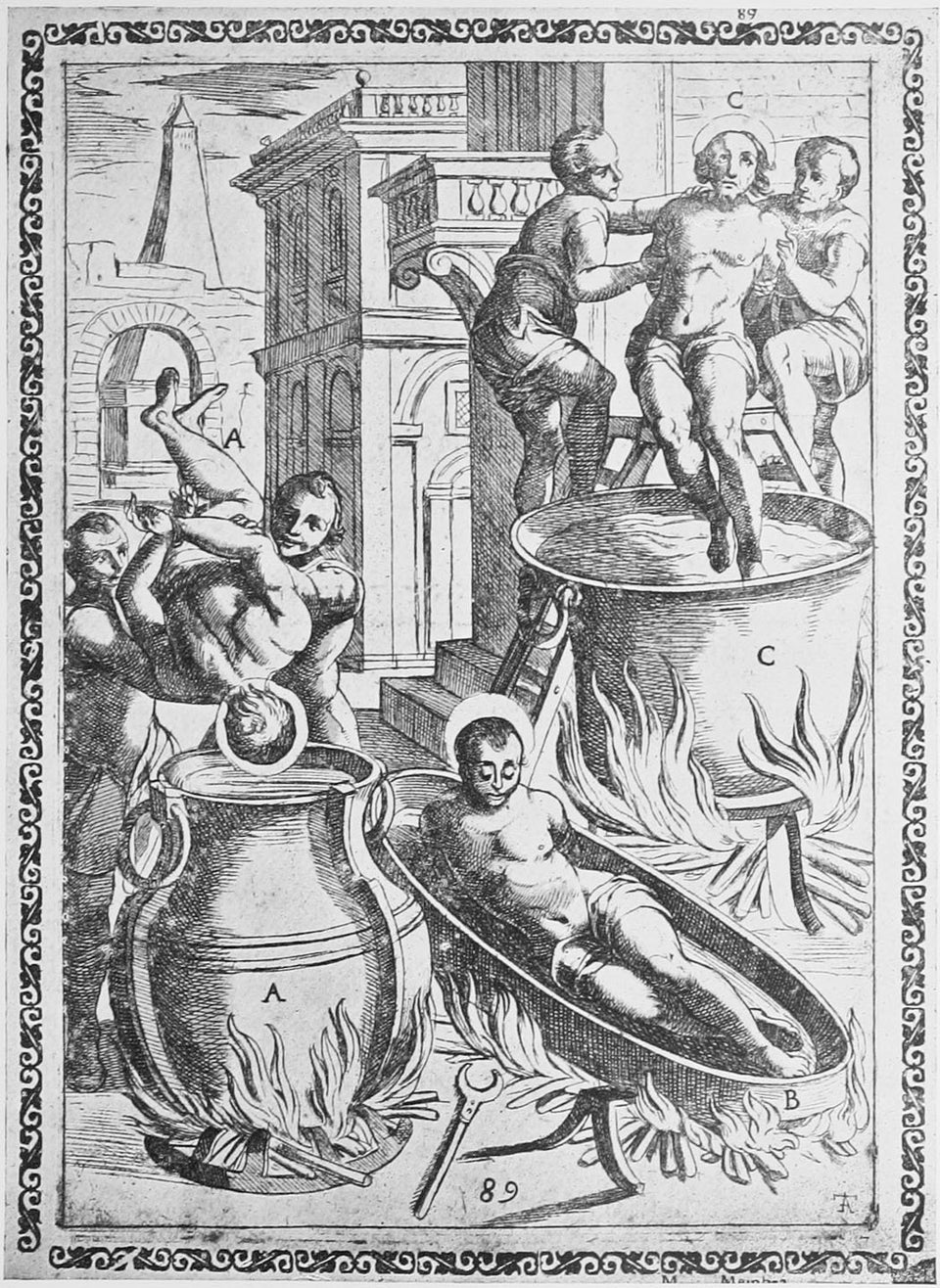Sen. Jim Inhofe (R-Okla.) is defending the death penalty in the wake of a botched lethal injection in his home state.
Clayton Lockett, a 38-year-old inmate, was administered an untested drug cocktail Tuesday night. The execution attempt was halted after Lockett began breathing heavily and writhing 13 minutes after being injected with the drug. Doctors believe the injection ruptured a vein, leading to Lockett's eventual death from a massive heart attack.
The botched injection has renewed debate over the use of such drugs, and whether doing so constitutes cruel and unusual punishment.
Roll Call asked the senator if he believes executions should be halted while investigators figure out what went wrong.
"No, I don't think so," he said.
Inhofe noted that Lockett was convicted of raping and shooting a 19-year-old woman, and watching as accomplices buried her alive.
"The people who're concerned about how much he must have suffered, they ought to think about how much she suffered, and I don't think that should change anything," he said. "Obviously, they need to find out what went wrong, and I have information that they've already done that."
Oklahoma Gov. Mary Fallin (R) said Wednesday that she had ordered an "independent review" of the failed procedure.
"[Lockett] had his day in court," Fallin said during a press conference. "I believe the legal process worked. I believe the death penalty is an appropriate response and punishment to those who commit heinous crime against their fellow men and women. However, I also believe the state needs to be certain of its protocols and its procedures for executions and that they work."
Before You Go

